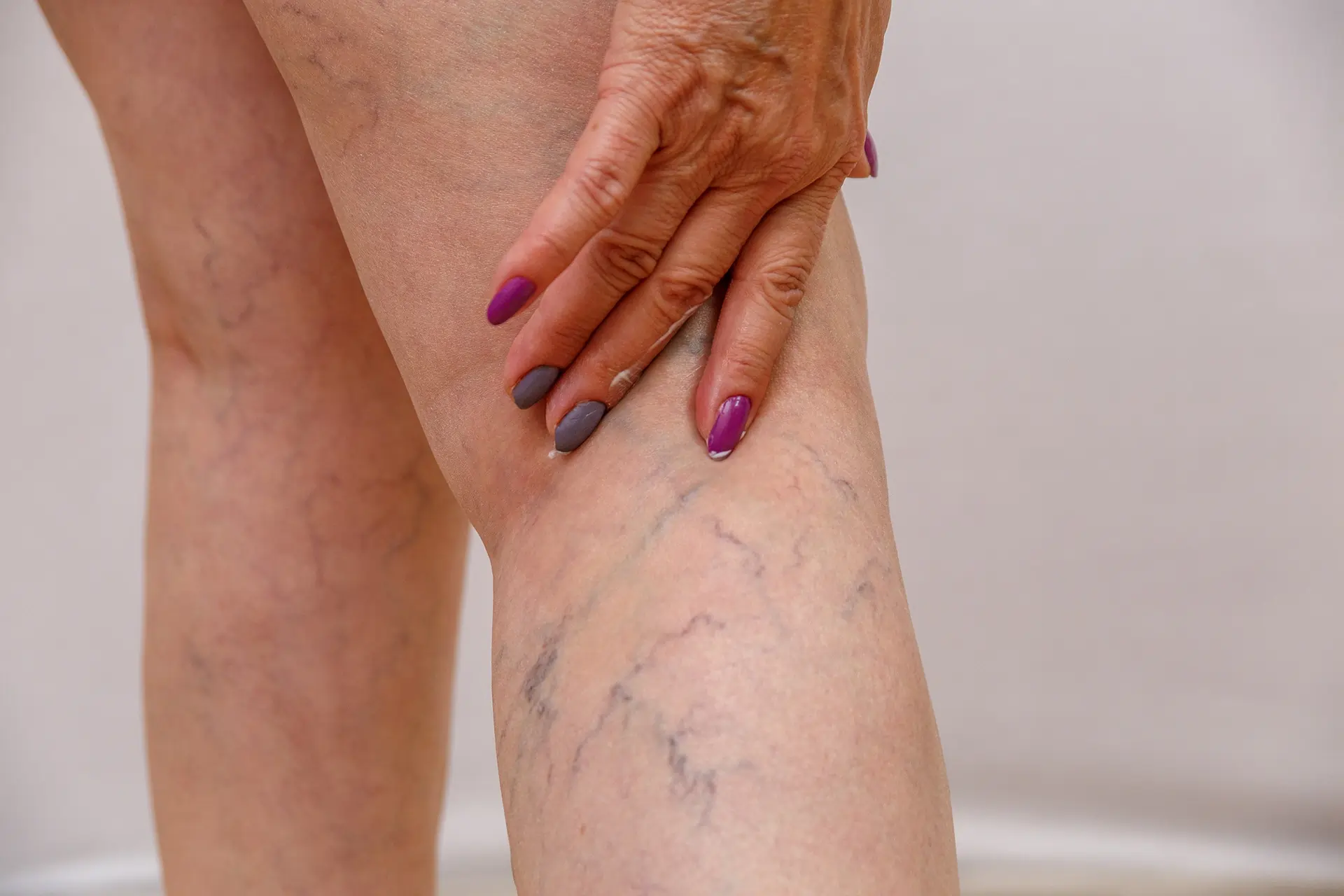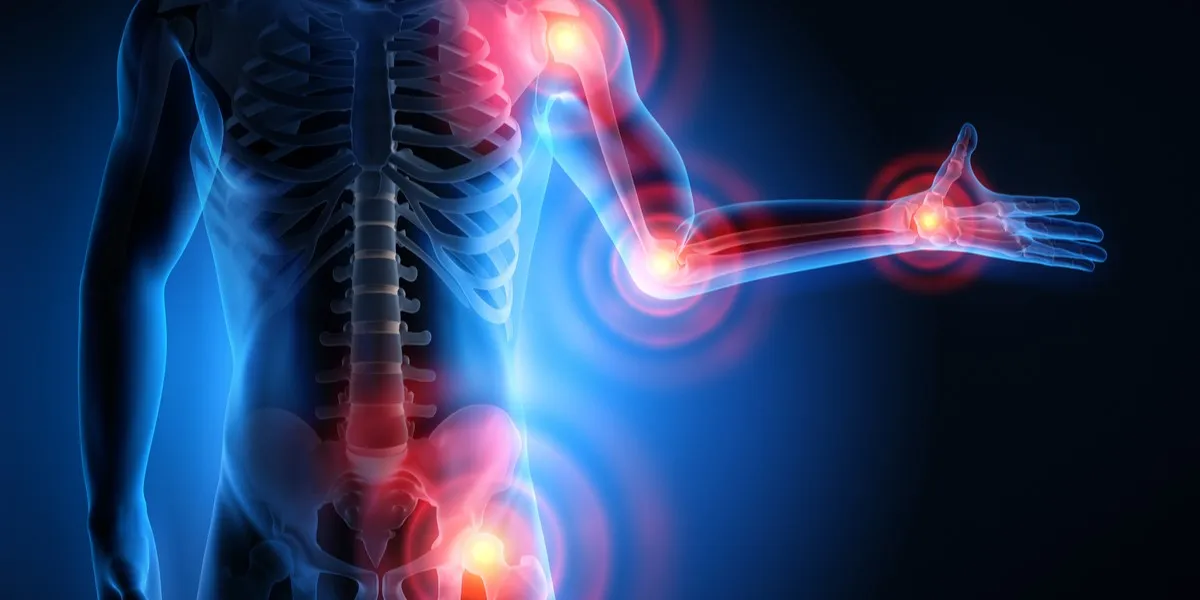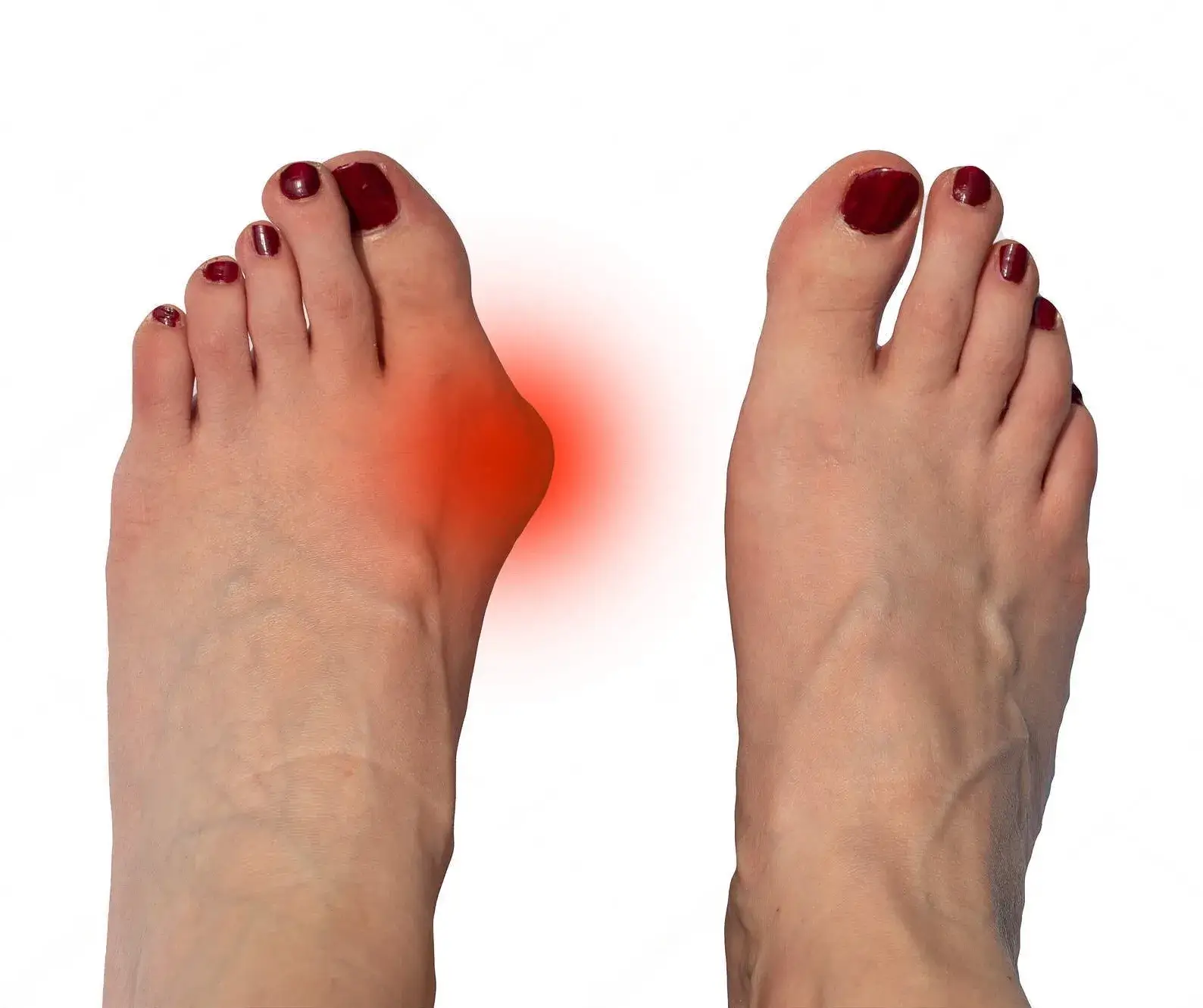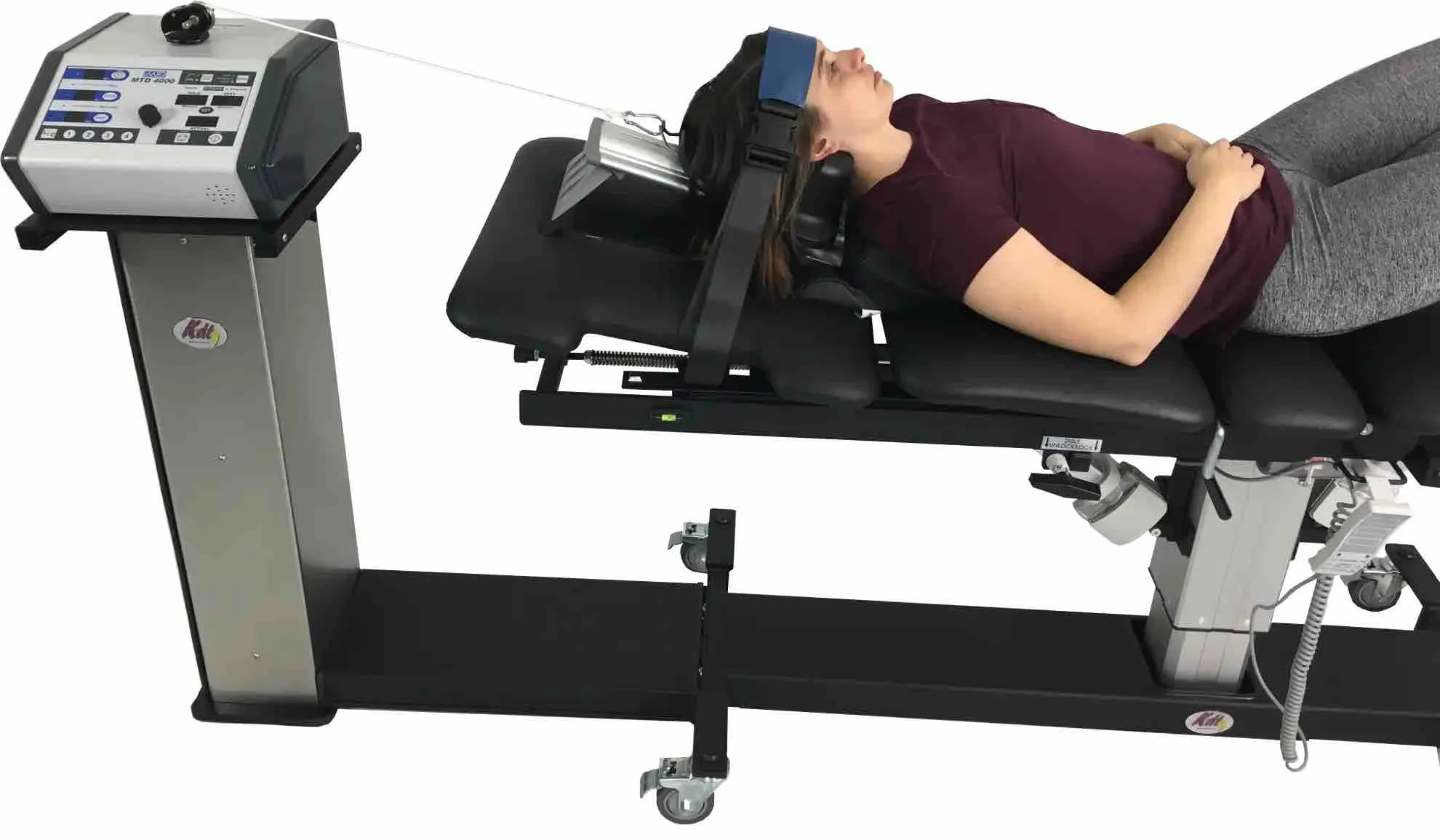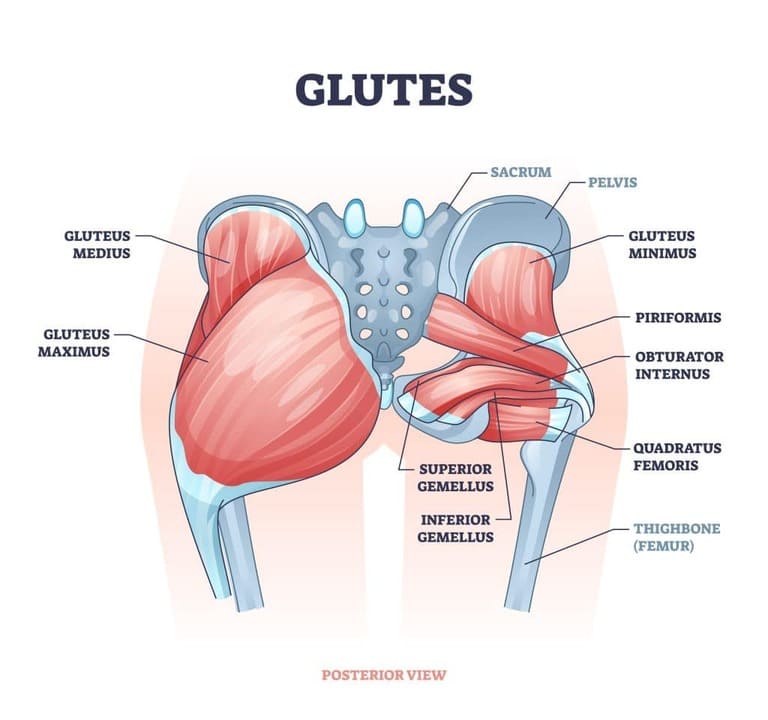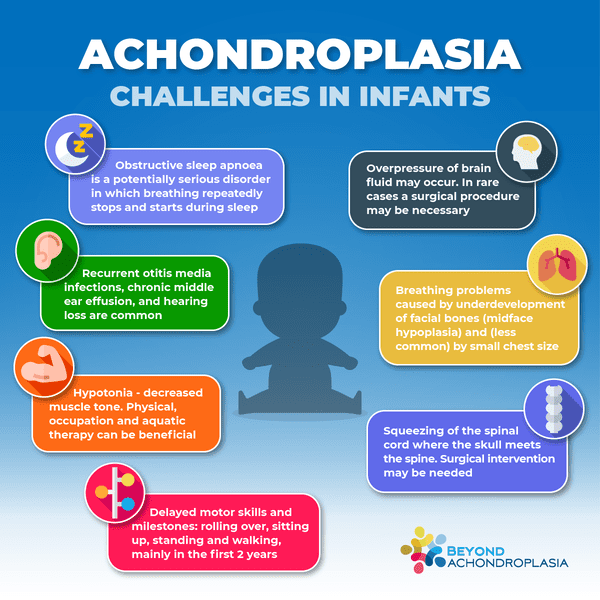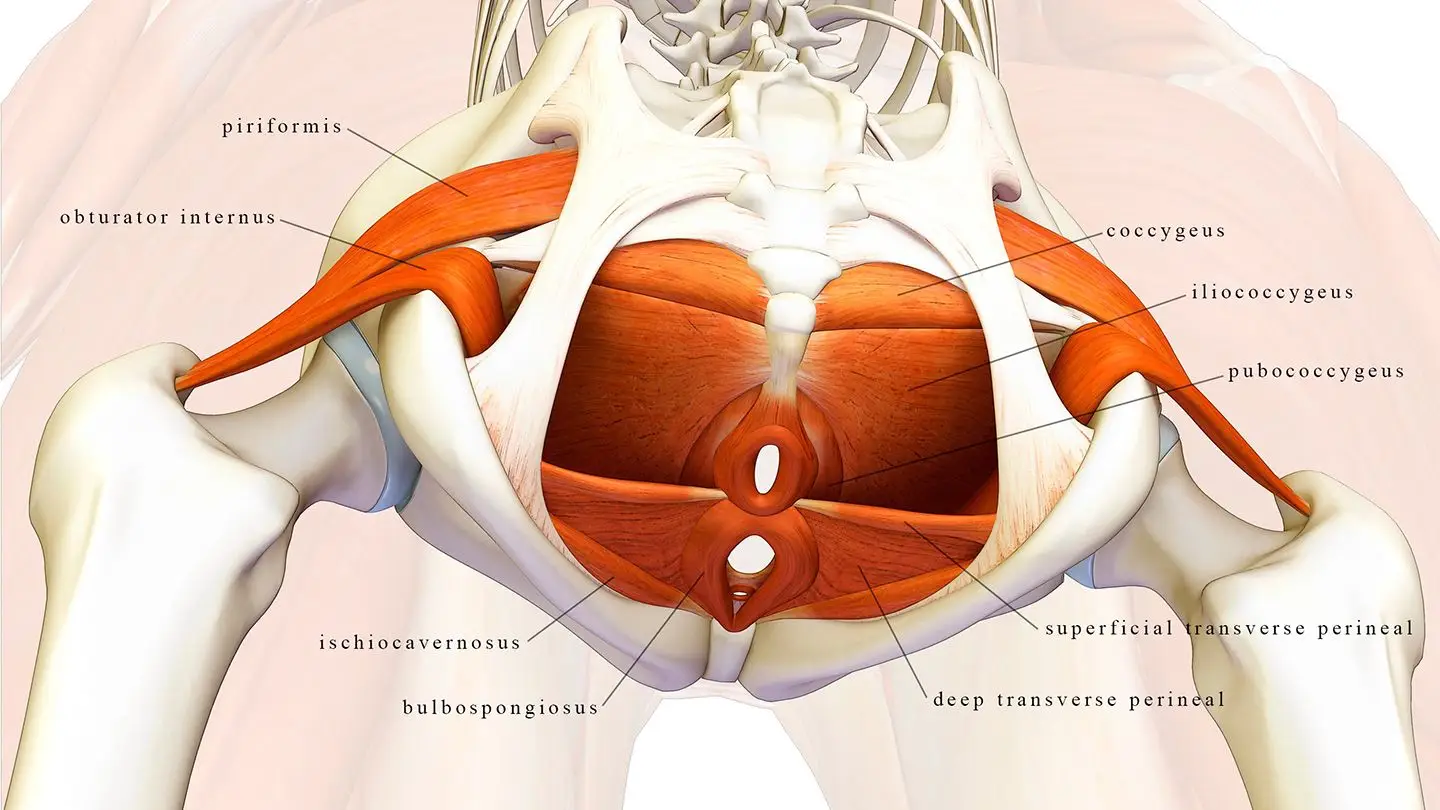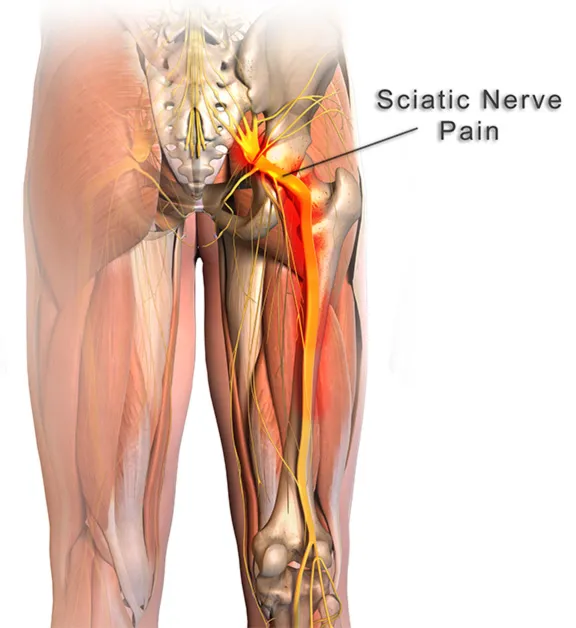
Introduction
Piriformis syndrome is a perplexing condition, often overshadowed by more common sources of hip and lower back pain. In this comprehensive guide, we will delve into the intricacies of Piriformis syndrome, unveiling its nature, exploring its multifaceted causes, dissecting its symptoms, and presenting effective treatments. Furthermore, we will shine a spotlight on specific clinic services tailored to alleviate your discomfort and aid your journey to recovery.
What is Piriformis Syndrome?
Piriformis syndrome is an intricate neuromuscular ailment characterized by the compression or irritation of the sciatic nerve by the Piriformis muscle. Nestled deep within the buttocks, the Piriformis muscle, when afflicted, can send shockwaves of discomfort and dysfunction throughout the lower body. Understanding the role of the sciatic nerve, which stretches from the lower back, through the hips, and down each leg, is crucial in comprehending the far-reaching implications of Piriformis syndrome.
Causes of Piriformis Syndrome
Unraveling the enigmatic origins of Piriformis syndrome reveals several contributing factors, which may include:
- Piriformis Muscle Tightness: When the Piriformis muscle tightens or undergoes spasms, it has the potential to compress the delicate sciatic nerve.
- Anatomical Variations: Notably, some individuals possess a Piriformis muscle that courses over the sciatic nerve, rather than beneath it, rendering them more susceptible to nerve compression.
- Trauma or Injury: Accidents, falls, or direct trauma to the hip area can be precursors to Piriformis syndrome, igniting the cycle of discomfort.
- Overuse: Athletes and those engaged in activities that repetitively strain the Piriformis muscle may find themselves entangled in the web of this syndrome.
Symptoms of Piriformis Syndrome
The labyrinthine web of Piriformis syndrome unfolds through its unique set of symptoms, which include:
- Pain: Sharp, shooting pain in the buttocks is the hallmark symptom, often accompanied by radiation down the leg, resembling the patterns of sciatica. This discomfort intensifies during prolonged sitting, walking, or ascending stairs.
- Numbness and Tingling: Sensations of numbness, tingling, or a “pins and needles” feeling in the affected leg may become a recurring theme for those battling Piriformis syndrome.
- Muscle Weakness: The affected leg may exhibit signs of weakness, complicating basic tasks like walking or prolonged standing.
What’s the Difference Between Piriformis Syndrome Versus Sciatica?
Piriformis syndrome and sciatica, both notorious for causing pain in the buttocks and legs, are often confused due to their overlapping symptoms. In this section, we will unravel the differences between these two conditions, shedding light on their distinct characteristics and helping you distinguish between them.
Piriformis Syndrome
- Root Cause: Piriformis syndrome primarily results from the compression or irritation of the sciatic nerve by the Piriformis muscle, a deep buttock muscle.
- Location of Discomfort: Pain and discomfort are primarily centered around the buttocks, although they can radiate down the leg, mimicking sciatic pain.
- Common Triggers: Piriformis syndrome often occurs due to factors like muscle tightness, overuse, trauma, or anatomical variations in the Piriformis muscle.
- Characteristic Pain: The pain associated with Piriformis syndrome is usually sharp and intensified by activities like sitting, walking, or climbing stairs.
Sciatica
- Root Cause: Sciatica is primarily a result of an underlying issue, such as a herniated disc or spinal stenosis, that directly compresses or irritates the sciatic nerve.
- Location of Discomfort: Pain typically radiates from the lower back through the buttock and down the leg. It follows a predictable pattern corresponding to the nerve’s pathway.
- Common Triggers: Sciatica is often triggered by specific conditions affecting the spine, like herniated discs, bone spurs, or spinal stenosis.
- Characteristic Pain: The pain associated with sciatica is often described as a burning or searing sensation, following the path of the sciatic nerve.
In summary, while both piriformis syndrome and sciatica can cause similar symptoms and discomfort in the buttocks and legs, they have distinct root causes and pain patterns. Piriformis syndrome primarily arises from issues with the piriformis muscle, resulting in localized pain, while sciatica is generally linked to spinal conditions and leads to radiating pain along the sciatic nerve’s pathway. Accurate diagnosis by a healthcare professional is crucial to determine the precise source of your discomfort and guide the most effective treatment.
Effective Treatments for Piriformis Syndrome
Navigating the labyrinth of piriformis syndrome unveils a spectrum of effective treatments aimed at mitigating pain and discomfort:
- Physiotherapy: A cornerstone of treatment, physiotherapy introduces tailored stretching and strengthening exercises designed to unravel muscle tension, enhance flexibility, and provide respite from the clutches of Piriformis syndrome.
- Osteopathy: Osteopathic interventions encompass a holistic approach to mitigate muscle tightness and enhance joint mobility, considering the body’s entire Biomechanical framework and addressing contributing factors.
- Shockwave Therapy: Utilized to foster healing, diminish muscle spasms, and alleviate pain, shockwave therapy is emerging as a promising modality in the realm of Piriformis syndrome treatment.
- Acupuncture: As an adjunct therapy, acupuncture may be employed to alleviate pain and ameliorate circulation, potentially contributing to your path of recovery.
- PRP (Platelet-Rich Plasma) Therapy: A cutting-edge treatment that promotes healing and tissue repair, PRP therapy may accelerate recovery and mitigate the chronicity of Piriformis syndrome.
Clinic Services for Treating Piriformis Syndrome
York Rehab Clinic stands as a beacon of hope in the realm of Piriformis syndrome treatment. Among the suite of services provided, physiotherapy and osteopathy emerge as potent allies in your quest for relief, diligently addressing the root causes of this syndrome and offering sustainable reprieve. In select cases, shockwave therapy might be recommended, harnessing its potential to further augment your path to recovery.
Conclusion
In the complex landscape of Piriformis syndrome, a comprehensive understanding of its underpinnings and manifestations is the first stride on the path to reclaiming comfort and mobility. The expertise of your local clinic offers a lifeline in your journey toward well-being, armed with a repertoire of services including physiotherapy, osteopathy, and shockwave therapy. Piriformis syndrome need not dictate the contours of your life—seek professional care, regain control, and set your sights on a future unhindered by discomfort.

